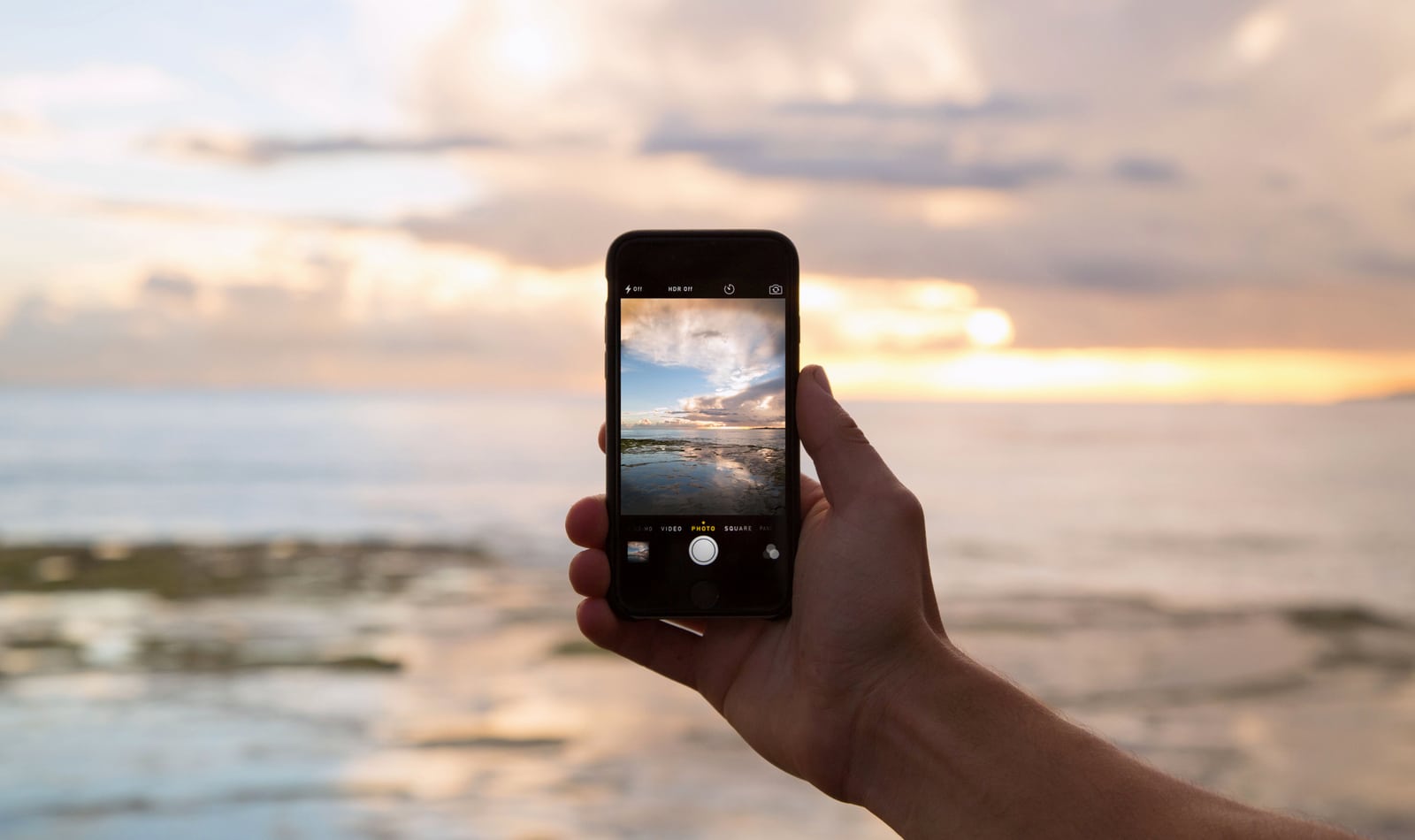Skift Take
Brands need to re-evaluate their approach to influencers, ensuring there’s strategy and business results from the blind payouts.
Colin Nagy (@CJN) is executive director at The Barbarian Group.
The way hospitality brands approach travel influencers is broken.
Take a quick scroll through Instagram and you’re likely to see a highly paid, stylish person or photographer hawking something from a brand with little to no disclosure.
The asking price for a quick Instagram post these days? Big guns can command 10k a snap or beyond. Brands are basically handing over silver briefcases of money and generating unknown returns for their business. And there’s been a cottage industry of talent managers, brokers and intermediaries that are profiting from the gold rush.
The industry is drunk on likes but often fumbling in the dark when it comes to tangible business results.
Of course, the numbers can be persuasive. According to a recent Nielsen report, influencer content can lift brand familiarity 88% more than content directly from the brand. A Burst Media report called out a highly successful campaign can earn $6.85 in media for every dollar spent. There’s been countless examples about the value of word-of-mouth over other types of more direct advertising.
Influencer marketing in travel is nothing new. PR junkets have existed forever and there was a well-defined playbook. And with the rise in sophistication of consumer generated media over the past 5-7 years, these travel influencers have taken on different forms. There were the influential figures on forums that seeding firms tried their best to influence. Then, there was the rise of the amateur and semi-pro bloggers that started filling out every niche and crevice of the travel Interest graph. Hospitality brands allocated a portion of their PR spend to “blogger engagement,” in essence giving freebies in exchange for favorable coverage.
This was especially apparent in the travel space: bloggers with enough inbound blog links or traffic were given quid pro quo arrangements. Hey, how about I fly you to review a property and put you up, and you can “objectively” write about it? Deal! The age-old travel junket met the age of social media and things got corrupt and messy, quickly. Everyone seemed to win, except that pesky person trying to find objective information about a trip or about a property.
Bloggers are flown around the world, comped flights, and then write soft, lapdog pieces about how luxurious their flight was or how soft the sheets were. It would seem self respecting traveller knows they are reading something that is bought and paid for. Yet the game continues as new channels emerge.
Now, there’s exceptions to the rule. People like Ben Schlappig, who many accuse of being in the PR tank for selected airlines (cough, Lufthansa) regularly puts brands on blast and punches holes in the PR/luxury veneers of international hotels and airlines. When service isn’t up to snuff in the pointy end of the airplane, he calls it out, sometimes to uncomfortable ends. Though his site is chalk to the brim with affiliate links and every way to make revenue imaginable, there is still some authenticity and objectivity. He’s not a lapdog.
The FTC has tried to rein in the pay-for-play influencer game but it appears as if no-one is paying it heed. It is impossible to police. Again, take a scroll through popular brand Instagram feeds or top influencers and tell me what is organic and what is paid for. Hard to tell.
But how do travel marketers fix the status quo? They can start with the following:
1. Understand influencer identification needs to improve and not take shortcuts.
Brands are quick to call influencer services and brokers and try to cut to the chase. Deep research and spending time building relationships with photographers and genuinely authentic voices in travel takes time— but arguably makes for much better content that doesn’t smell of conflict and freebies. Alice Gao’s photographs for ANA was a solid recent example of a sincere collaboration and the nuance and detail brought to the photos was spot on.
2. Brands need to better vet the audiences of the talent they work with.
One million followers are cool and all, but when you put the x-ray scan on them and find that a luxury travel brand is paying for an arrangement with an influencer that has hundreds of thousands of 16 year olds in Indonesia as followers, that doesn’t seem to be moving the needle for business results. It is imperative to use technology to deeply vet followers and fans and make sure they map to brand objectives.
3. Reach doesn’t equal influence
In some spaces, the most powerful influencers don’t have the hugest audiences. They may not even be on social media at all. Credibility doesn’t always come with traffic volume.
4. Brands need to really carefully align their brand with the right talent.
Again, taking a shortcut for a big name can backfire. It is better for a brand to work with people that are closely aligned with their values then someone who will work with anyone so long as the check clears. Making sure your talent and your brand values are deeply aligned is essential.
The shoddy junkets and buying influence of yesteryear increasingly feels cheap and unbecoming for top-tier travel brands. Influencer marketing can be hugely powerful. But to do it well takes time, effort and nuance. Skipping steps leads to shoddy advertorial. And, increasingly, savvy potential customers can spot it a mile away.
The Daily Newsletter
Our daily coverage of the global travel industry. Written by editors and analysts from across Skift’s brands.
Have a confidential tip for Skift? Get in touch
Tags: influencers, marketing
